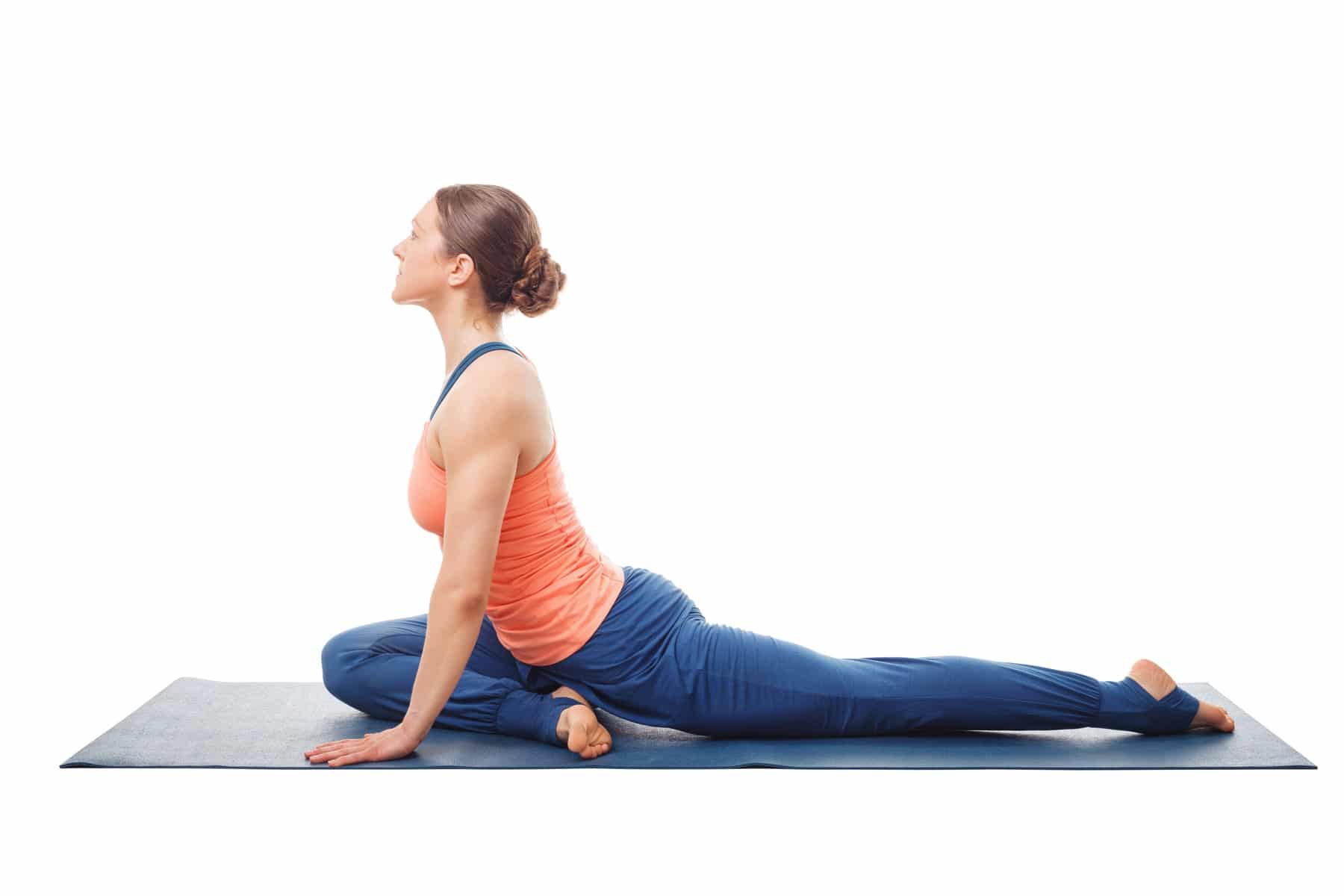Sciatica Exercises for Degenerative Disc Disease: The goal of therapeutic exercises for lumbar disc degeneration associated with age is to lessen sciatic leg pain and to ease the severe lower back pain. Let’s know more about Exercise for Sciatica from Degenerative Disc Disease.
Exercises to relieve lumbar degenerative disc disease pain aim to:

• Relieve nerve root compression brought on by degenerative changes, such as osteophytes (bone spurs), by strengthening the deep muscles of the spine and decreasing spinal instability;
• Enhance posture by using targeted stretches for the lower back and legs;
To increase general strength and endurance, structures in the lumbar, abdominal, pelvic, and thigh areas are worked on collectively.

Sciatica Exercises for Degenerative Disc Disease
Exercises from a dynamic lumbar stabilization program are frequently used in the treatment of sciatica caused by degenerative disc degeneration. The body is trained to hold the most comfortable position for the lumbar spine and pelvis throughout daily activities using exercises from these programs. Thus, it can:
Strengthening the lower back muscles can help minimize excessive motion at a spinal segment and will also improve the lumbar spine’s proprioception (feeling of movement).
/Verywell-07-3567179-Pigeon02-133-598b72f5b501e80012e733ab.gif)
The workouts strengthen the core muscles and stop additional muscle mass loss, which aids in stabilizing the lumbar spine. Additionally, there is less abnormal movement between neighboring spinal segments, which lessens irritation at the vertebral segment, relieves pain, and shields the region from additional harm.
Exercises to Strengthen the Lower Back Muscles
The lumbar spine’s superficial and deep muscles are strengthened throughout the workouts that follow.
Prone leg lifts
• Start by lying on your stomach.
• Place your hands on either side of your body.
• Lift one leg up, keeping the knee slightly bent, and avoid bending your neck or back.
Slowly return to the beginning position after holding for 4 to 6 seconds. the other leg, and repeat. Try to perform this workout 4 to 6 times.
Leg raises and pronated arms

• Start by lying on your stomach.
• Raise both arms over the head, elbows straight.
• Lift the opposing leg and arm 2 to 3 inches off the ground.
Slowly return to the beginning position after holding for 4 to 6 seconds. Do the same with the other arm and leg. Try to perform this workout 4 to 6 times.
4-point leg lifts
• Begin in the 4-point position on your hands and knees on the ground.
• Place the knees and hands precisely beneath the hips and shoulders, respectively.

· Without bending the neck, look down at the ground.
• Extend one leg backwards, knee slightly bent. Avoid hunching your neck or back.
Slowly return to the beginning position after holding for 4 to 6 seconds. the other leg, and repeat. Try to perform this workout 4 to 6 times. Let’s know more about Exercise for Sciatica from Degenerative Disc Disease.
Bird dog exercise
In a 4-point stance identical to the one from the last exercise, begin.
• Raise one leg, keeping the knee slightly bent; raise the opposing arm at the same time. Avoid neck or back arches.
Slowly return to the beginning position after holding for 4 to 6 seconds. Try to perform this workout 4 to 6 times. Let’s know more about Exercise for Sciatica from Degenerative Disc Disease.
As your strength increases, try to perform 10 leg (and arm) lifts twice daily for each exercise. Lift the arms and legs just as high as is comfortable and manageable during arm and leg lift exercises. Let’s know more about Exercise for Sciatica from Degenerative Disc Disease

Read More:
Exercises to Strengthen the Abdominal Muscles
Below are some examples of abdominal strengthening exercises to help you develop a stronger, more stable core.
Initially, lie on your back.
• Maintained a pelvic tilt while tucking both arms to the side.
• Slowly lift each leg 3 to 4 inches off the ground (similar to a marching motion).
March for 30 seconds, if possible. Repeat for one or two further sets, pausing for 30 seconds in between each repeat.
Increase the difficulty of this exercise by raising and lowering the opposing arm while marching.
Read More:
Bridge
Begin by lying on your back with your legs bent and your arms at your sides.
• Slowly lift your buttocks off the ground. From the shoulder to the pelvis, the back should be straight.
After 8 to 10 seconds of holding the bridge, progressively return to the beginning position. As your strength increases, try to finish two sets of 10 bridges.
The spine must not bow or droop throughout these workouts, which must be carried out with a stiff trunk.
It is advised to stop and get medical help if any kind of pain or discomfort is experienced while doing these workouts. In order to perform these exercises correctly and adjust the intensity or method to each person’s demands, it is beneficial to learn them from a qualified medical specialist.

Dr Vipin the managing director of KLM Group. He is a well-known gold-medalist Orthopedic Surgeon In gwalior, strongly reputed for his trusted and focused attitude our rich knowledge and experience, be assured of quality healthcare and world-class medical services in Orthopaedic, Spine care In gwalior, Ophthalmology, X-ray & Diagnostics services along with physiotherapy services.
Book Your Consultation
Website: https://tinyurl.com/yyzvwmck
Email: info@klmgrou p.org
Ph: 0751-4000721,Mob: 7804826825
Address: 12, Saraswati Nagar, University Road, Near Silver Estate, Thatipur,
Address Link: https://g.page/r/CQ0WqKLEXPWeEAE
